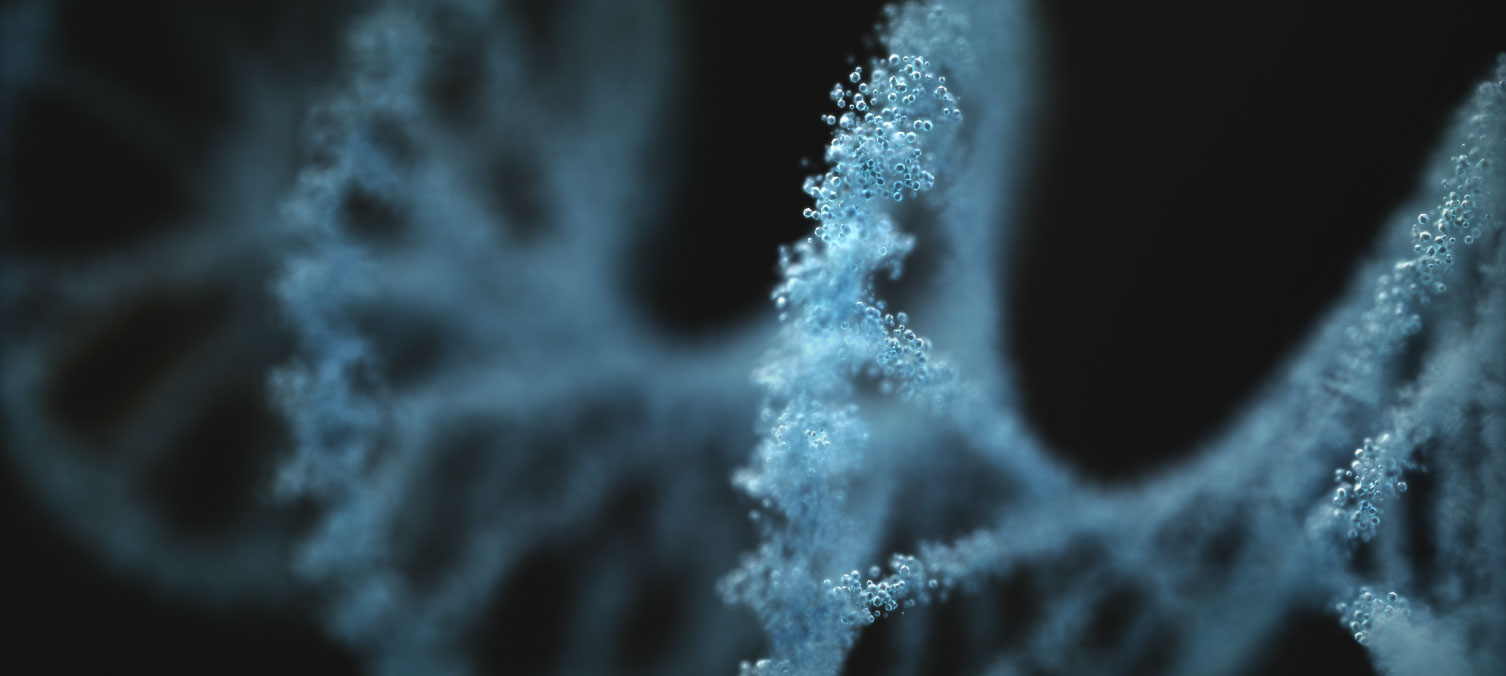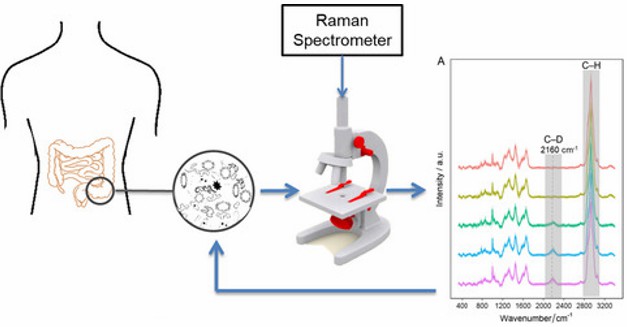The microorganisms resided in the human intestinal tract form a complex community that has a broad impact on human health. Multi-omics technologies provide researchers with multiple approaches to study every aspect of gut microbiota, such as the taxonomy, phylogenetics, and metabolic pathways. The focus on metabolomics has contributed to many discoveries on microbial functions and provided a straightforward view of the interaction between gut microbiota and the host. Many technical methods and instrumentations can be used to study metabolism, and Raman spectrometry plays an important role especially in the analysis of molecular structure and content, which has been increasingly used in studying the microbial cellular structure, chemical composition, and metabolic processes.
Raman spectroscopy is a physicochemical technique for the rapid identification of microbes according to microbial phenotypes, which generates characteristic spectroscopic fingerprints and allows for nondestructive detection of single microbial cells or microbial mixtures. It provides quantitative and qualitative information that can be used to characterize, discriminate, and identify microorganisms. In Raman spectroscopy detection, all relevant environmental factors or physiological states need to be taken into consideration for Raman databases, which enable the identification of the microbes in environmental or patient samples.
Figure 1. Raman–deuterium isotope probing to study metabolic activities of single bacterial cells in human intestinal microbiota. (Wang 2019)
CD Genomics, a premier corporation that has many years of experience in multi-omics, provides state-of-the-art techniques to assist with your gut microbiota metabolomics research. Raman spectroscopy is currently a hot and ambitious technology with merits such as rapidness, noninvasiveness, repeatability, compatibility with various sample properties, and yielding a wealth of information, which make it a valid choice to complement microbiological and biomolecular methods. We offer one-stop Raman spectrometry services ranging from basic spectral fingerprinting to conjunctional research, including combining Raman spectroscopy with extensive statistical analysis to identify (non)pathogenic microbes at different taxonomic levels, and with stable isotope probing to elucidate microbial interactions. By extension, it can be applied to studies including but not limited to:
- DNA/ RNA analysis
- Metabolomics analysis
- Single-cell analysis
- Cell classification
- Biomolecular characterization
- Biocompatibility
- Chemical-cell interaction
- Disease diagnosis
CD Genomics dedicates to providing the highest level of service in gut microbiota research. The custom experiment design and analysis will provide valid solutions and guarantee a high-quality report for your research. We will arrange experienced scientists to provide you with the professional gut microbiota simulation as well as related research strategies. If you are interested in our Raman spectrometry-based solutions for gut microbiota research, please feel free to contact us.
References
1. Wang Y, Xu J, Kong L, et al. Raman–deuterium isotope probing to study metabolic activities of single bacterial cells in human intestinal microbiota. Microbial Biotechnology. 2020;13(2):572-83.
2. Lorenz B, Wichmann C, Stöckel S, et al. Cultivation-free Raman spectroscopic investigations of bacteria. Trends in microbiology. 2017;25(5):413-24.
*For Research Use Only. Not for use in diagnostic procedures.


